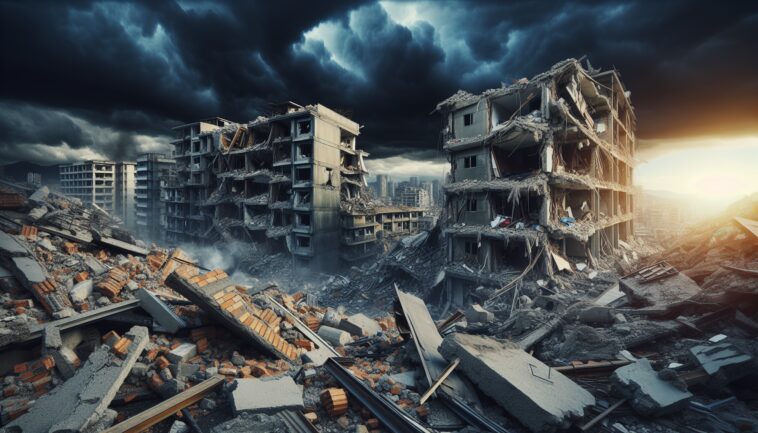Table of Contents
The impact of the earthquake
On a fateful Friday, a 7.7-magnitude earthquake struck Burma, leaving devastation in its wake. As rescue teams sift through the rubble, the grim reality of the situation becomes apparent. Over 2,700 lives have been lost, and thousands more are injured or missing.
The earthquake’s epicenter was near Mandalay, Burma’s second-largest city, which has reported significant destruction. The aftermath has compounded an already dire humanitarian crisis, exacerbated by ongoing civil conflict in the region.
Rescue operations and challenges
Rescue operations have been a race against time.
The fire department in Naypyitaw reported a remarkable rescue of a 63-year-old woman, pulled from the debris 91 hours after the quake. However, experts warn that the chances of finding survivors diminish drastically after 72 hours. With communication lines down and infrastructure severely damaged, many areas remain isolated, complicating rescue efforts.
The World Health Organization has reported that over 10,000 buildings have collapsed or sustained severe damage, making the full extent of the disaster difficult to assess.
Humanitarian needs and international response
The humanitarian needs are escalating rapidly. Families are facing acute shortages of clean water, food, and medical supplies.
UNICEF’s deputy representative for Burma, Julia Rees, emphasized that the window for lifesaving response is closing. International aid is slowly trickling in, with countries pledging millions to assist in the recovery efforts. However, the military government’s history of obstructing foreign aid raises concerns about the effectiveness of these efforts.
The National Unity Government, representing the opposition, has called for direct humanitarian assistance to the victims, urging vigilance against potential military interference.
Health risks and future implications
As the situation unfolds, health risks are becoming a pressing concern. The destruction of water and sanitation infrastructure raises the likelihood of disease outbreaks, particularly respiratory infections and vaccine-preventable diseases.
With the monsoon season approaching, shelter remains a critical issue, as many survivors are forced to sleep outdoors, either due to destroyed homes or fear of aftershocks. The ongoing civil war complicates the delivery of aid, with military attacks persisting even in the wake of the disaster.




